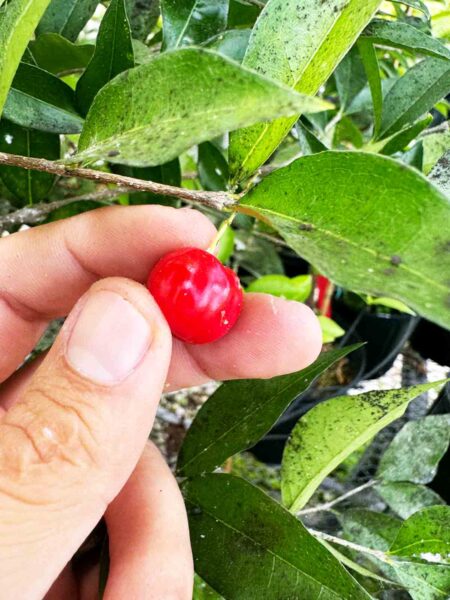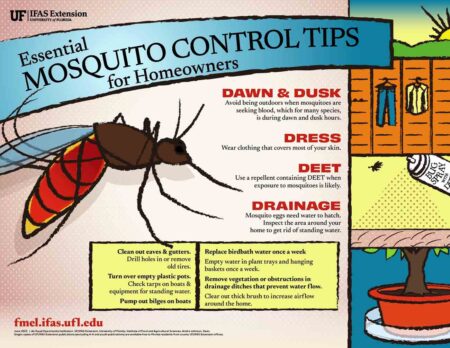NORTH FLORIDA — There seems to be fewer native Floridians. This is true with plants, as well.
Many commonly used plants in our modern landscapes in Florida, which are thought to be native, are not native.
Plants such as camellia, crape myrtle, nandina, many hollies, boxwood and most common evergreen azaleas are not native to the United States. A surprising number are native to Asia.
Many common names such as Korean boxwood and Japanese cleyera indicate where the plant was originally found.
Some of these plants are so common and have been used for so long in our landscapes that it is understandable why many people assume that they are native to our area. Sometimes knowing whether a plant is native or not can be confusing.
There are many different types of hollies – some are native and some are not. Most azaleas found in our landscapes are not native. However, a few deciduous azaleas such as Florida Flame Azalea and Pink Pinxter Azalea are native.
Florida has the greatest wealth of native plants that are suitable for use in the home landscape as compared to other states. Our state has nearly half of the tree species native to North America.
Even though we have many proven non-native plants, we should continue to include native plants as part of our landscapes.
Native plants are well adapted to our climate and soils. Ecological preservation is another reason to consider using native plants. With the increasing destruction of our natural environments, many plant species have declined in numbers and range.
When purchasing native plants, choose healthy plants from a reputable source. Selecting the right plant for a given site is always an important consideration. Just because a plant is native does not mean that it is a good choice or a good “fit.”
For example, our native rabbiteye blueberry does well growing in the more acidic, organic soil found a little more inland. However, the same plant would grow poorly planted in the more sandy, alkaline soil found along the coast. Plus, blueberry has poor salt tolerance so it’s not a good coastal plant.
In shady landscapes, choose plants that naturally occur under the shade of trees. If your soil is poorly drained, choose plants that are native to wet sites.
In a coastal landscape in close proximity to saltwater, choose native plants that have good salt tolerance. A plant native to South Florida may not survive our winters in North Florida.
Fall through early winter is a great time to plant native plants.
More information on native Florida plants is available through the UF/IFAS Extension Office in your County or from this link.
https://gardeningsolutions.ifas.ufl.edu/plants/ornamentals/native-plants.html
Larry Williams is the Extension horticulture agent with the Okaloosa County Cooperative Extension Service, University of Florida. Contact Larry at 689-5850 or email lwilliams@myokaloosa.com.







